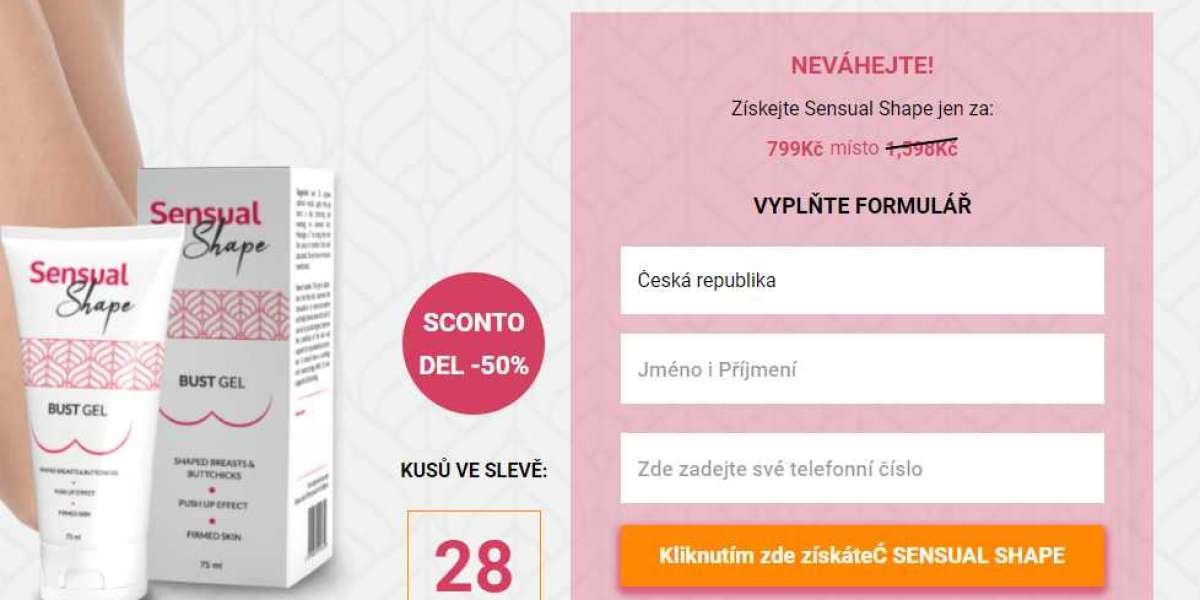In modern healthcare, infection control is a top priority. Healthcare-associated infections (HAIs) continue to be a significant challenge for hospitals, clinics, and other medical facilities, contributing to increased patient morbidity, mortality, and healthcare costs. One area where infection control plays a crucial role is in airway management, specifically during intubation procedures.
Intubation is essential in many medical settings, particularly during surgery, anesthesia, and emergency care. To ensure the airway is properly secured, healthcare professionals use intubation stylets to guide the insertion of the endotracheal tube (ETT) into the patient’s airway. While this tool is vital for successful intubation, it also presents a potential risk for cross-contamination and infection transmission, especially when reused. The introduction of single-use intubation stylet has significantly addressed this concern, offering an essential solution for infection control.
In this article, we will explore the advantages of single-use intubation stylets in reducing the risk of infections and improving patient safety in medical procedures.
1. Elimination of Cross-Contamination Risks:
One of the most significant concerns with reusable medical devices, such as traditional intubation stylets, is the potential for cross-contamination between patients. Even when proper cleaning and sterilization protocols are followed, there is always the possibility of human error or inadequacy in the sterilization process. Any residual pathogens left on the device can be transferred to the next patient, leading to the transmission of infections such as pneumonia, sepsis, or even hospital-acquired infections like MRSA.
Single-use intubation stylets are designed to be used once and then disposed of, eliminating the risk of contamination from previous patients. Since each stylet is sealed in an individual sterile package, it guarantees that the device remains uncontaminated until it is opened for use. This sterility is vital in reducing the transmission of dangerous pathogens, especially in vulnerable patients who may already have weakened immune systems due to illness or surgery.
By removing the possibility of human error in the cleaning and sterilization processes, single-use intubation stylets help healthcare providers maintain a higher level of infection control.
2. Standardized Sterility with Every Use:
While reusable devices undergo sterilization between uses, there is always the concern that sterilization may not be entirely effective or could be compromised due to handling, transport, or improper cleaning techniques. Even slight breaches in sterilization protocols can lead to the survival of bacteria, viruses, and fungi on the device, which may pose a significant risk to the next patient.
Single-use intubation stylets, on the other hand, are manufactured and sealed under strict conditions that guarantee consistent sterility with every use. The single-use design ensures that each device is sterile and free of pathogens when it is used for intubation. This high level of assurance is especially critical in environments such as intensive care units (ICUs), emergency departments, and operating rooms, where patients are often in critical or immunocompromised conditions.
By using disposable stylets, healthcare providers can confidently proceed with airway management without worrying about the sterility of the equipment, thus helping to minimize infection risks and prevent complications from bacterial or viral transmission.
3. Prevention of Healthcare-Associated Infections:
Healthcare-associated infections (HAIs) are a leading cause of complications in hospital patients, especially in surgical and critical care settings. Infections acquired during medical procedures can lead to prolonged hospital stays, the need for additional treatments, and, in severe cases, permanent disability or death. HAIs can be caused by a variety of pathogens, including bacteria, viruses, and fungi, which may be introduced during invasive procedures such as intubation.
By using single-use intubation stylets, healthcare providers significantly reduce the risk of HAIs. Disposable stylets are designed to be sterile and free from pathogens, and once used, they are discarded. This approach ensures that no bacteria or viruses can be transmitted from one patient to another through the medical device. Furthermore, reducing the incidence of HAIs leads to better patient outcomes, lower healthcare costs, and fewer complications during recovery.
4. Increased Compliance with Infection Control Standards:
Hospitals and healthcare facilities must comply with stringent infection control standards set by regulatory bodies, such as the Centers for Disease Control and Prevention (CDC) and the World Health Organization (WHO). The use of single-use medical devices helps healthcare facilities meet these high standards by ensuring that every device is sterile and free from pathogens at the point of use.
In addition to minimizing cross-contamination, single-use intubation stylets help ensure that healthcare facilities maintain regulatory compliance in infection control practices. Healthcare professionals can easily adhere to protocols without the concern of inadequate sterilization or the potential spread of infections, which can lead to costly fines or legal implications. The use of disposable stylets, in particular, also helps prevent errors in sterilization, thus making it easier for medical facilities to meet these crucial safety and quality standards.
5. Reduced Risk of Multidrug-Resistant Organisms:
The rise of multidrug-resistant organisms (MDROs), such as Methicillin-resistant Staphylococcus aureus (MRSA), is one of the most challenging issues in healthcare today. MDROs are resistant to many common antibiotics and can be difficult to treat once they infect a patient. These pathogens are often transmitted in healthcare settings, especially through the use of contaminated medical devices.
Reusable intubation stylets, if not thoroughly sterilized, can serve as vectors for the transmission of MDROs. The single-use design of intubation stylets eliminates this risk by ensuring that every device is clean and sterile at the time of use, with no possibility of harboring resistant organisms from previous patients. By reducing the risk of MDRO transmission, healthcare providers can protect patients from these potentially life-threatening infections and contribute to the larger fight against antibiotic resistance.
6. Convenience for Healthcare Workers:
The implementation of single-use intubation stylets also simplifies the infection control process for healthcare workers. Medical staff do not need to worry about the complex and time-consuming process of cleaning, sterilizing, and inspecting reusable stylets. Single-use devices come ready to use, allowing healthcare providers to focus their attention on patient care rather than device maintenance.
This convenience also reduces the likelihood of procedural delays or mistakes caused by improperly sterilized equipment, enabling healthcare teams to work more efficiently and maintain higher standards of infection control. Furthermore, single-use devices reduce the strain on medical facilities that would otherwise need to invest in sterilization equipment and procedures for reusable devices.
7. Enhanced Infection Prevention in High-Risk Environments:
Intubation is often performed in high-risk environments, such as operating rooms, emergency departments, and ICUs, where patients are at greater risk of infection due to their compromised health. In these settings, the use of single-use intubation stylets helps reduce the chances of infections being introduced during the procedure. Whether a patient is undergoing surgery, receiving critical care, or being treated in a trauma unit, the introduction of a clean, sterile device directly impacts their recovery and overall health.
Single-use stylets are particularly valuable in situations where rapid response is necessary, such as in emergency cases or trauma care, where there may not be enough time to thoroughly sterilize reusable devices. The quick and easy access to sterile, disposable equipment enables healthcare teams to provide the necessary care without delay.
Conclusion:
The single-use intubation stylet has proven to be a critical innovation in infection control within the field of airway management. By eliminating the risk of cross-contamination, ensuring consistent sterility, and reducing the transmission of harmful pathogens, single-use stylets contribute to better patient outcomes and higher levels of safety in healthcare environments. They also enhance compliance with infection control standards and reduce the incidence of healthcare-associated infections, offering a practical solution to an ongoing challenge in modern healthcare.
In the fight against infections and MDROs, the single-use intubation stylet represents a simple but effective tool that not only improves patient care but also supports healthcare professionals in maintaining the highest standards of infection prevention. Its role in enhancing patient safety, efficiency, and infection control is undeniable, making it an essential device in contemporary medical practice.
 AdBlock Detectado
AdBlock Detectado








